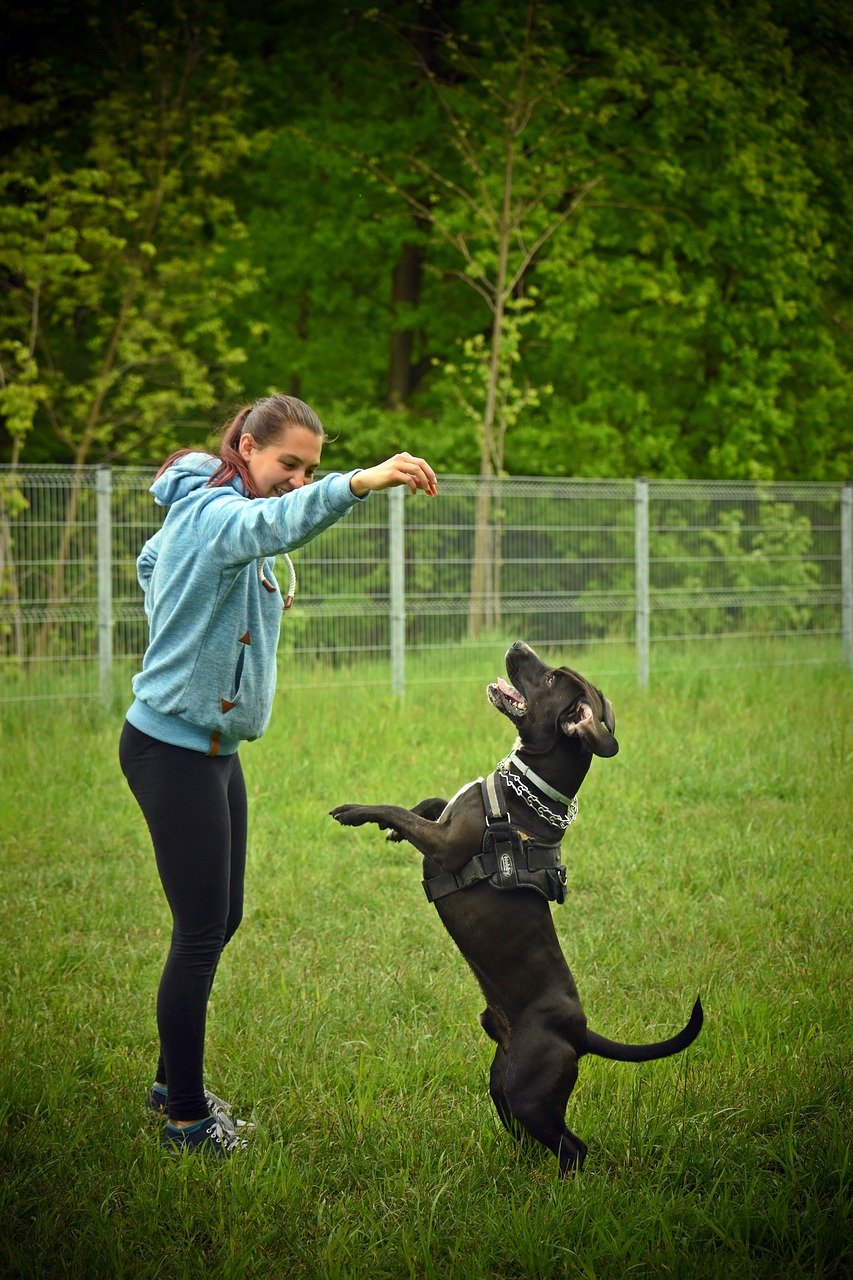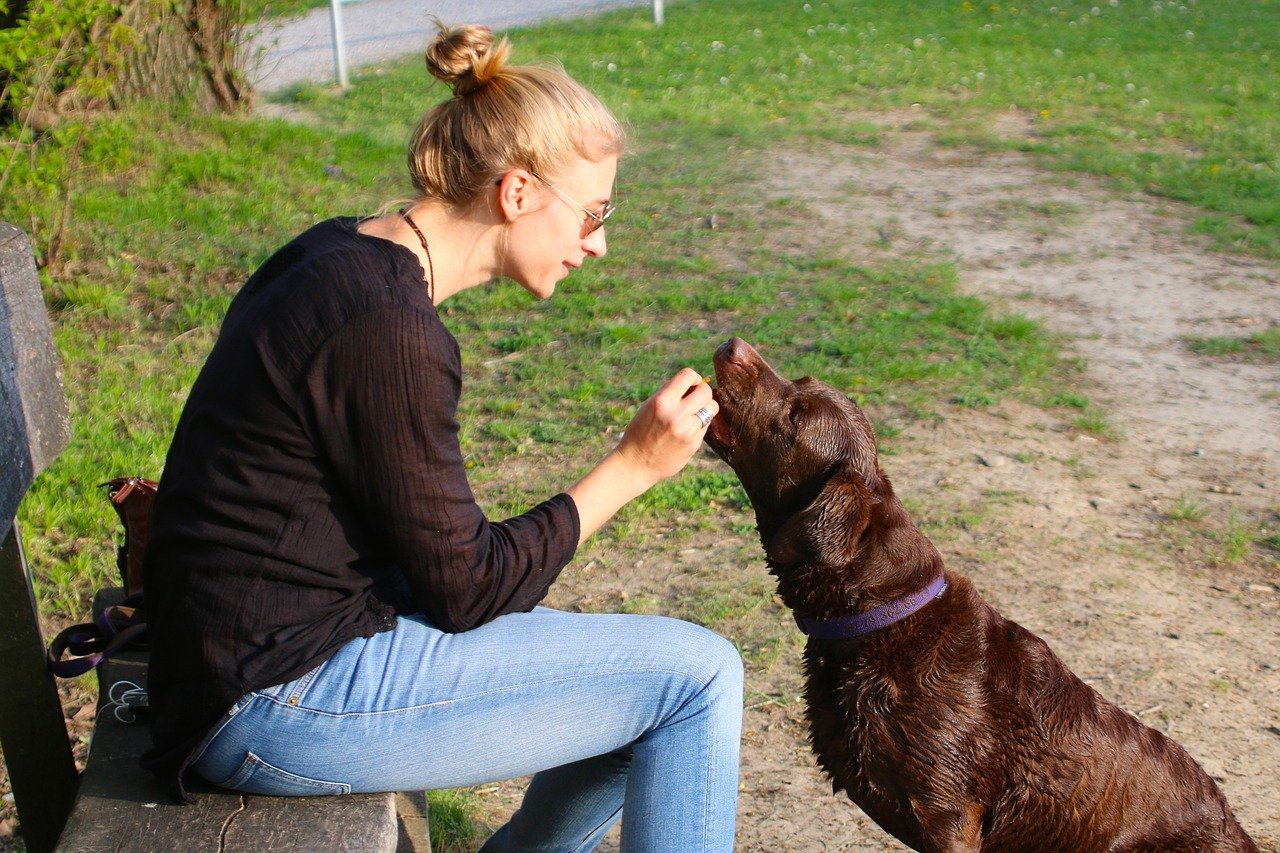Have you ever stopped to wonder if the way you’re training your furry friend might be doing more harm than good? It’s a surprising thought that many dog owners haven’t considered. Yet, a growing number of veterinarians are raising red flags about popular training techniques that could be negatively affecting our pets’ mental well-being. We all want the best for our dogs, but sometimes, our good intentions might lead us astray. Let’s dive into the world of dog training and uncover the methods that could be causing more harm than good.
Understanding the Canine Mind

When it comes to training our dogs, we all want to do what’s best—but some widely used techniques might be doing more harm than good. According to veterinarians and behavior specialists, certain outdated or harsh training methods can cause long-term stress, anxiety, and emotional damage in our furry companions. While they may seem effective in the short term, these approaches can erode trust and hurt the bond you share with your pup.
Dogs, much like humans, have complex emotional and mental needs. They experience a range of emotions, from joy and excitement to fear and anxiety. Understanding this is crucial for effective training. Many people mistakenly believe that dogs act purely on instinct without emotional depth. However, recent studies have shown that dogs can feel emotions similar to humans. This means that training methods that ignore or dismiss these emotions can lead to mental distress. Imagine trying to learn a new skill while being consistently misunderstood; that’s how some dogs might feel during improper training.
The Downside of Dominance-Based Training
Dominance-based training, often popularized by certain television shows, suggests that dog owners must establish themselves as the “alpha” to control their pets. While this might sound logical, it can actually cause significant harm. Dogs trained under these methods might become fearful and anxious, leading to a breakdown in trust between the pet and owner. Instead of fostering a bond, dominance training can create a relationship based on fear. Imagine living in constant fear of making a mistake; it’s not a healthy environment for any creature.
The Misuse of Shock Collars

Shock collars are often marketed as an effective tool for correcting undesirable behavior. However, many veterinarians warn against their use. These devices can inflict pain and fear, leading to increased anxiety and aggression in dogs. Instead of teaching the dog what behaviors are acceptable, shock collars often just teach them to be afraid of making any mistake. It’s akin to punishing a child for every wrong answer without explaining the correct one. The psychological impact can be long-lasting and damaging.
The Problem with Yelling and Physical Punishment
Yelling at or physically punishing a dog is not only ineffective but can also be damaging to their mental health. These methods can lead to increased aggression, fear, and anxiety. Dogs, like humans, respond better to positive reinforcement than negative punishment. Imagine being yelled at every time you made a mistake; it would likely lead to stress and a lack of confidence. Dogs are no different, and they thrive in environments where they feel safe and understood.
The Pitfalls of Inconsistent Training

Consistency is key in dog training. Inconsistent training methods can confuse dogs and lead to frustration. When a dog receives mixed signals about what is expected of them, it can cause anxiety and stress. Imagine trying to follow rules that change every day; it would be a frustrating and confusing experience. By maintaining consistency in training, owners can create a stable and supportive learning environment for their pets.
The Importance of Socialization
Socialization is a crucial component of a dog’s mental health. Dogs that aren’t properly socialized may develop anxiety and fear of new situations or people. Some training methods neglect this aspect, focusing solely on obedience without considering the social needs of the dog. Just like humans, dogs need social interactions to thrive. Ensuring that they have positive experiences with other dogs and people can significantly improve their mental well-being.
The Role of Positive Reinforcement

Positive reinforcement is one of the most effective and humane training methods available. By rewarding desirable behavior, dogs learn to associate good actions with positive outcomes. This method not only strengthens the bond between the dog and owner but also boosts the dog’s confidence and happiness. Imagine being rewarded for your efforts; it’s a motivating and uplifting experience. Dogs respond similarly, thriving in environments where they are encouraged and praised.
Understanding Your Dog’s Unique Needs

Every dog is different, with unique personalities and needs. Some training methods assume a one-size-fits-all approach, which can be detrimental. Understanding and catering to your dog’s specific needs can lead to more effective and compassionate training. Just like people, dogs have individual quirks and preferences. Recognizing these differences and adapting training methods accordingly can lead to a happier and healthier pet.
The Benefits of Professional Guidance
Sometimes, seeking professional help can be the best course of action. Professional dog trainers have the expertise to identify and address specific issues in a way that’s safe and effective. They can offer personalized advice and techniques that cater to your dog’s unique needs. Just as we seek experts for our own health and education, our pets deserve the same level of care and attention. Investing in professional guidance can lead to a more harmonious relationship with your furry friend.
Creating a Positive Training Environment
A positive training environment is essential for your dog’s mental health. This means providing a safe, supportive, and understanding space where your dog feels comfortable to learn and grow. Encouraging patience and empathy in training can make a world of difference. Imagine learning in a nurturing and encouraging environment; it fosters growth and confidence. Dogs, too, flourish in settings where they are loved and respected.
While we all want the best for our dogs, it’s important to be mindful of the training methods we employ. By understanding their emotional needs and opting for compassionate and effective techniques, we can ensure that our pets lead happy and healthy lives. So, the next time you train your dog, consider: Are you building a bridge of trust or a wall of fear?

Linnea is a born and bred Swede but spends as much time as possible in Cape Town, South Africa. This is mainly due to Cape Town’s extraordinary scenery, wildlife, and atmosphere (in other words, because Cape Town is heaven on earth.) That being said, Sweden’s majestic forests forever hold a special place in her heart. Linnea spends as much time as she can close to the ocean collecting sea shells or in the park admiring puppies.





